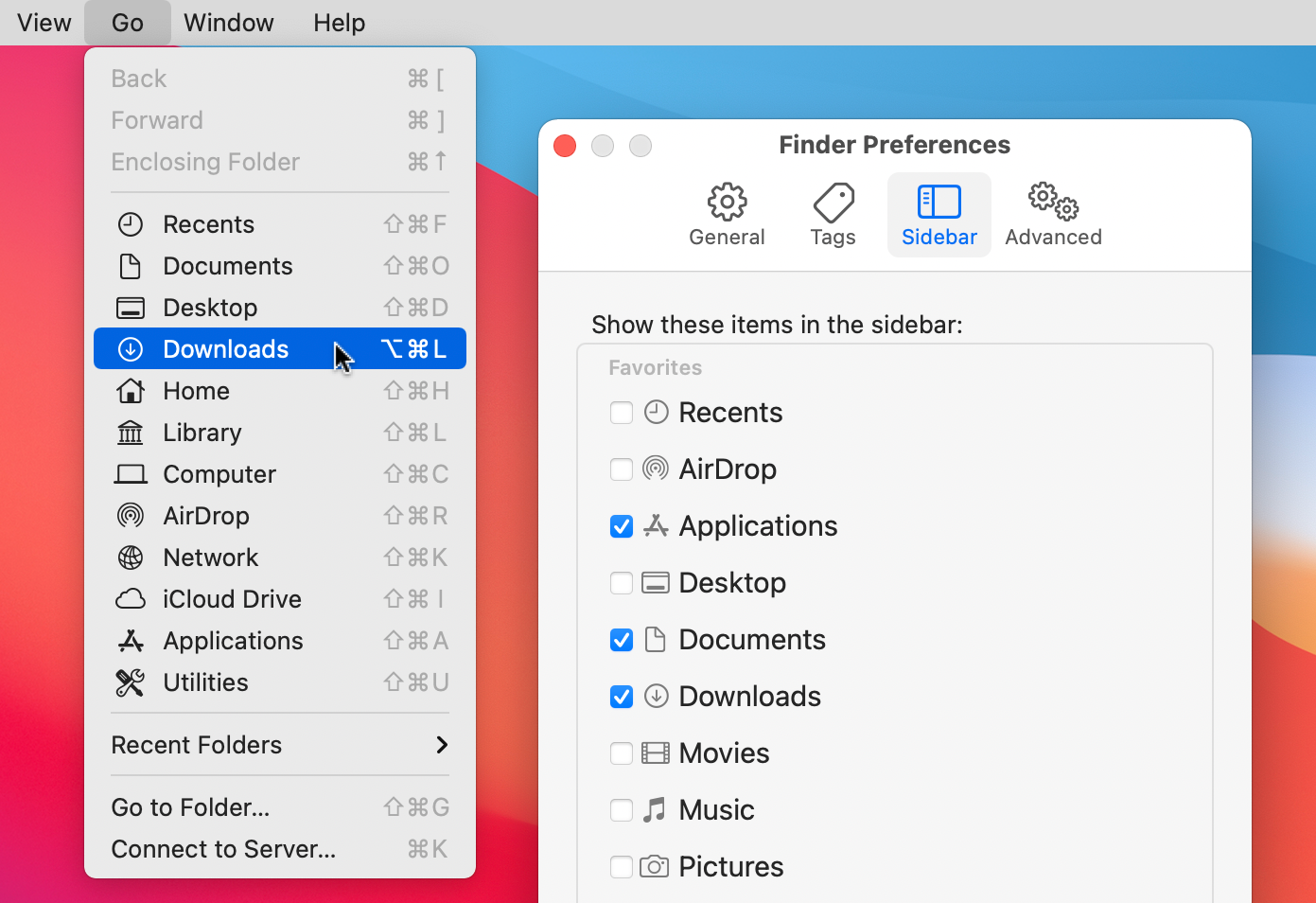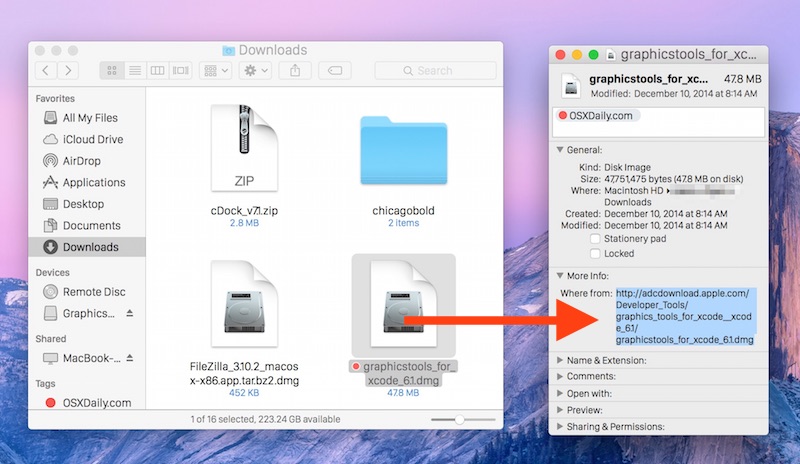
- Apple Mac Downloads Folder Delete
- Apple Mac Downloads Folder Recovery
- Apple Mac Downloads Folder Setting
- Where To Find Downloads Mac
- Show Me My Download Folder
- Mac Download Folder Path
Apple Mac Downloads Folder Delete
Copy and Paste: Select a file, folder, or group of files, and then right-click. In the menu that pops up, select “Copy.”. Then navigate to the USB drive in Finder, right-click in an open area and select “Paste Item.”. The items will copy to the drive. You can also use the “Copy” and “Paste” commands in Finder’s Edit menu to do. Get more free disk space by removing unnecessary duplicate files and folders from your Mac. Remove duplicate files on any mounted disk or folder. Use Duplicate File Finder FREE to find and remove duplicate files. Get the PRO version to delete duplicate folders, merge similar folders, mass select dup.
What is the usr folder?
Apple operating systems are constructed using a Linux file system hierarchy, which means that traditional UNIX system directories hide certain files and directories. Unlike Applications or Documents or Downloads, some files and folders are hidden by default by the Mac operating system (macOS).

Older Downloads Platform Features Developer Links; 13.3.1 Bypass Package: MacOS: iOS 13.3.1 iCloud Bypass: Apple Tech 752: Download: 13.3 Bypass Package V1: MacOS. Use the Finder menu to search for the Install MacOS 10.15 file and delete that file, reboot your system, and try and re-download the necessary files from the Mac App Store. By default, Mac’s Dock has the Downloads folder, next to the Trash icon. However, if you have accidentally (or even intentionally) removed it from the Dock and are finding it harder to access the downloaded files, don’t worry!
macOS hides these for a good reason. When buildings are constructed, wiring and plumbing are hidden behind walls. As a general rule, exposing anything that could negatively impact a building if it was accidentally damaged or tampered with is considered a good idea. The same is true of usr and var and other folders and directories.
Usr used to mean “everything user-related,” but this has evolved into “user usable programs and data over time.” This means that the usr contains shareable, read-only data, and often contains the largest share of behind-the-scenes data on any operating system. Within the usr is user-land programs, and data is contained, such as user binaries, their documentation, libraries, header files, and other read-only programs and associated data.
Generally speaking, because these folders and directories are behind the scenes, most users - even Mac power users - don't need to know about them or gain access. Similar to plumbing and wiring, it is enough to know they're running smoothly and only to gain access if you know what you’re doing or let an Apple trained expert take a look using diagnostic software to see if there are any problems within the usr files and directories.

Another way to make sure everything is working smoothly under the hood is to download a Mac performance improvement app, such as CleanMyMac X. It can take a quick look at what is taking up too much space on your hard drive, with its Space Lens feature. Once CleanMyMac X has analyzed your files and directories, including those hidden from view, you can delete what it recommends and regain the space you need for your Mac to run smoothly and quickly.
With the Space Lens tool, you can also access the usr folder and see how much space it takes on your Mac and what files it includes. First, you have to download and install CleanMyMac X and then follow such steps:
- Launch the app.
- Go to the Space Lens tab.
- Click Scan.
- Find usr folder in the list.
- Double click to review the files.
However, if you prefer the manual way of looking behind-the-scenes, here is how you can access the usr folder on a Mac.
How to access the usr folder: The manual way

If you want to access the usr folder, there are a couple of ways you can do that.
1. Navigate to the usr through the Finder
- Open Finder.
- Press Command+Shift+G to open the dialogue box.
- Enter what you want to search for, e.g.,/usr or /usr/discreet.
- Now you should have temporary access, and this means that you should be able to drag the folder into the Finder favorites bar for easier access in the future.
Apple Mac Downloads Folder Recovery
Another way to gain access is through Terminal.
Apple Mac Downloads Folder Setting
2. Finding usr in Terminal
Where To Find Downloads Mac
- Launch Terminal; which you can find in /Applications/Utilities
- Enter this command in Terminal:
chflags nohidden ~/usr - (If nothing shows up under that name, try /Library as an alternative)
- Click Return. Make sure the command is executed.
- Quit Terminal. The usr folder should be visible in the Finder.
- If you ever want to restore this to how it was before, enter the following command in Terminal:
chflags hidden ~/usr - Click Return again, and it should be back to how it was.
Show Me My Download Folder
Only attempt this method if you are comfortable using the Terminal. Remember, using Terminal can make significant changes to your macOS systems and files, so only make changes this way if you consider yourself a Mac power user. This method should temporarily uncover the usr folder.
Mac Download Folder Path
Accessing the usr folder is often only necessary if you are looking for ways to improve your Mac's performance or speed. Thankfully, there is an easier way. Downloading CleanMyMac X can solve many problems quickly and safely, without any risk of causing accidental damage. It comes with a useful Space Lens feature since one reason a Mac doesn't perform as well as it once did is a result of files taking up too much space or duplicate files, folders, or apps. And identifying what is causing space issues is the job that CleanMyMac X does so well. See for yourself!